Online Class: Assertiveness Training for Professionals

-
15Lessons
-
22Exams &
Assignments -
4Hours
average time -
0.4CEUs
Course Description
Imagine a world where every word you speak and every decision you make at work stems from a deep well of confidence and clarity. Picture yourself as the kind of professional who navigates challenges with poise, sets boundaries without hesitation, and communicates effectively across cultures and power structures. Welcome to "Assertiveness Training for Professionals," a transformative course designed to turn those images into reality.
In today's rapidly evolving business landscape, assertiveness isn't just an asset—it's a necessity. The pressure to perform can often feel overwhelming, with cultural nuances and hierarchical complexities adding layers of difficulty. Yet, within these challenges lies an unparalleled opportunity for personal growth and career advancement. This course is your key to unlocking potential, transforming fears and doubts into stepping stones toward success.
Our journey begins by tapping into untapped reservoirs of self-confidence. In the first module, you'll embark on a transformative path to not just understand confidence but embody it, realizing how your belief in yourself can galvanize your team and uplift your organization. This isn't about occasional moments of courage—it's about creating a foundation of strength that becomes the bedrock of your professional life.
Setting boundaries isn't about saying no; it's about saying yes to yourself and your priorities. This course walks you through the art of defining and defending your professional space, a crucial step toward reducing stress and increasing productivity. By doing so, you'll craft an environment that respects your goals and values, paving the way for integrity and mutual respect in all interactions.
In the intricacies of professional life, knowledge of legal and ethical frameworks isn't just about following rules—it's about leading with them. Through insightful discussions and eye-opening cases, you'll explore how these frameworks foster fairness, inclusivity, and progress, ensuring that your leadership aligns with both law and morality.
Active listening is an underrated superpower, especially in our multicultural world. Another module delves deep into refining this skill, enabling you to truly hear what's being said—and what isn't. The result? Enhanced empathy and enriched team dynamics. You'll emerge with the tools to turn potential misunderstandings into opportunities for connection and collaboration.
Conflict, often seen as a career impediment, is redefined in our course as an avenue for development. Learn how to channel disagreements into growth opportunities, transforming workplace discord into pathways for advancement. With assertiveness and empathy at your side, discover how professional challenges can be catalysts for personal and organizational evolution.
Non-verbal communication speaks volumes, and mastering this unspoken language is a game-changer. You'll discover how aligning your body language with your verbal cues can improve interaction clarity, foster trust, and illuminate your leadership style.
Navigating hierarchical systems becomes intuitive as you decode cultural dynamics and communication styles. The training ensures you comprehend and respond effectively to power structures, equipping you to cultivate inclusive and dynamic workplaces that value every voice.
At the heart of our course is the profound impact of emotional intelligence on professional life. By harnessing this skill, you enhance leadership capabilities, improve workplace collaboration, and uplift personal well-being, resulting in a harmonious and empathetic work environment.
Self-doubt, often reinforced by cultural expectations, is dismantled through assertiveness practice. We encourage you to reframe challenges, embrace innovation, and celebrate individuality. This shift is not just empowering—it's career-defining.
The course culminates in teaching how to give and receive feedback constructively, establishing dialogues that are not only open but transformative. This module melds the principles of assertive communication with inclusive practices, creating a landscape for continuous improvement and career empowerment.
"Assertiveness Training for Professionals" isn't just another online course; it's a movement toward your best professional self. By joining us, you're not merely enrolling in a course—you're investing in a future where your potential is fully realized. Your journey to empowerment, clarity, and unparalleled professional success begins here. Are you ready to step into a future filled with possibility and purpose? Embrace the change today.
- Business
- Business Ethics Courses
- Harassment Prevention Courses
- Human Resources Certifications
- Management
- Aromatherapy Courses
- Caregiver Courses
- Career Development Courses
- Communications Courses
- Confidence and Self Esteem Courses
- Healing
- Human Anatomy Courses
- Medical Skills
- Health & Medicine
- Nutrition
- Marketing
- Microsoft Office Certification Courses
- Life Coaching Courses
- Self-Improvement
- Small Business Certifications
- Safety
- Writing Improvement
- Business Writing Courses
Course Lessons
Lesson 1. Unleashing Professional Potential Through Self-Confidence
 Review Practice Worksheet: Lesson-1-Activity-14963.pdf
Review Practice Worksheet: Lesson-1-Activity-14963.pdf Lesson discussions: Reasons for Taking this Course
Lesson discussions: Reasons for Taking this Course Assessment: Lesson 1 Review Exam
Assessment: Lesson 1 Review Exam
Lesson 2. Mastering the Art of Setting Professional Boundaries
 Review Practice Worksheet: Lesson-2-Activity-14965.pdf
Review Practice Worksheet: Lesson-2-Activity-14965.pdf Complete: Lesson 2 Activity
Complete: Lesson 2 Activity Assessment: Lesson 2 Review Exam
Assessment: Lesson 2 Review Exam
Lesson 3. Empowered by Legal and Ethical Knowledge
 Review Practice Worksheet: Lesson-3-WorkSheet-14967.pdf
Review Practice Worksheet: Lesson-3-WorkSheet-14967.pdf Assessment: Lesson 3 Review Exam
Assessment: Lesson 3 Review Exam
Lesson 4. Mastering the Power of Active Listening in a Multicultural World
 Review Practice Worksheet: Lesson-4-WordSearch-14969.pdf
Review Practice Worksheet: Lesson-4-WordSearch-14969.pdf Complete: Lesson 4 Activity
Complete: Lesson 4 Activity Assessment: Lesson 4 Review Exam
Assessment: Lesson 4 Review Exam
Lesson 5. Transforming Conflict into Professional Development: A Comprehensive Guide
 Review Practice Worksheet: Lesson-5-Activity-14972.pdf
Review Practice Worksheet: Lesson-5-Activity-14972.pdf Complete: Lesson 5 Activity
Complete: Lesson 5 Activity Assessment: Lesson 5 Review Exam
Assessment: Lesson 5 Review Exam
Lesson 6. Harnessing the Power of Non-Verbal Communication
 Review Practice Worksheet: Lesson-6-HomeWork-14974.pdf
Review Practice Worksheet: Lesson-6-HomeWork-14974.pdf Complete: Lesson 6 Activity
Complete: Lesson 6 Activity Assessment: Lesson 6 Review Exam
Assessment: Lesson 6 Review Exam
Lesson 7. Developing Assertiveness in Hierarchical Systems
 Review Practice Worksheet: Lesson-7-HomeWork-14977.pdf
Review Practice Worksheet: Lesson-7-HomeWork-14977.pdf Complete: Lesson 7 Activity
Complete: Lesson 7 Activity Assessment: Lesson 7 Review Exam
Assessment: Lesson 7 Review Exam
Lesson 8. Emotional Intelligence: Unlocking Professional Potential
 Review Practice Worksheet: Lesson-8-Activity-14979.pdf
Review Practice Worksheet: Lesson-8-Activity-14979.pdf Assessment: Lesson 8 Review Exam
Assessment: Lesson 8 Review Exam
Lesson 9. Silencing Self-Doubt
 Review Practice Worksheet: Lesson-9-WorkSheet-14982.pdf
Review Practice Worksheet: Lesson-9-WorkSheet-14982.pdf Assessment: Lesson 9 Review Exam
Assessment: Lesson 9 Review Exam
Lesson 10. Empathy and Inclusivity in Assertive Practices
 Review Practice Worksheet: Lesson-10-Activity-14984.pdf
Review Practice Worksheet: Lesson-10-Activity-14984.pdf Complete: Lesson 10 Activity
Complete: Lesson 10 Activity Assessment: Lesson 10 Review Exam
Assessment: Lesson 10 Review Exam
Lesson 11. Enhancing Workplace Dynamics: A Guide to Constructive Feedback
 Review Practice Worksheet: Lesson-11-Downloadable-14986.pdf
Review Practice Worksheet: Lesson-11-Downloadable-14986.pdf Complete: Lesson 11 Activity
Complete: Lesson 11 Activity Assessment: Lesson 11 Review Exam
Assessment: Lesson 11 Review Exam
Lesson 12. Achieving Career Empowerment: The Role of Assertive Communication
 Review Practice Worksheet: Lesson-12-HomeWork-14989.pdf
Review Practice Worksheet: Lesson-12-HomeWork-14989.pdf Assessment: Lesson 12 Review Exam
Assessment: Lesson 12 Review Exam
Lesson 13. Mastering the Balance: Assertive Communication in the Workplace
 Review Practice Worksheet: Lesson-13-Downloadable-14991.pdf
Review Practice Worksheet: Lesson-13-Downloadable-14991.pdf Assessment: Lesson 13 Review Exam
Assessment: Lesson 13 Review Exam
Lesson 14. The Pillars of Assertiveness: Navigating Values and Boundaries
 Review Practice Worksheet: Lesson-14-Downloadable-14993.pdf
Review Practice Worksheet: Lesson-14-Downloadable-14993.pdf Assessment: Lesson 14 Review Exam
Assessment: Lesson 14 Review Exam
Lesson 15. Confronting Chaos: Managing Workplace Stress Effectively
 Review Practice Worksheet: Lesson-15-WorkSheet-14996.pdf
Review Practice Worksheet: Lesson-15-WorkSheet-14996.pdf Lesson discussions: End of Course Poll; Course Comments
Lesson discussions: End of Course Poll; Course Comments Assessment: Lesson 15 Review Exam
Assessment: Lesson 15 Review Exam
Learning Outcomes
- Apply strategies to enhance self-confidence by setting specific goals and utilizing feedback effectively in professional scenarios.
- Demonstrate an understanding of self-confidence by identifying and describing its impact on assertiveness and professional relationships.
- Demonstrate assertive communication techniques to set and maintain personal boundaries by practicing role-play scenarios, achieving at least 80% success in delivering clear, respectful refusals.
- Recognize and define personal boundaries in professional settings, distinguishing between emotional, physical, intellectual, and time boundaries with 90% accuracy.
- Describe the process of setting personal and professional boundaries in the workplace, including self-awareness and communication techniques.
- Identify strategies for navigating and respecting digital boundaries in professional environments, emphasizing the importance of clear guidelines and mutual respect.
- Demonstrate mindfulness and emotional intelligence in workplace interactions by integrating nonverbal affirmations and empathetic listening to enhance team collaboration and morale.
- Recognize cultural differences and apply context-specific active listening techniques to promote effective communication across diverse teams.
- Define and differentiate between the five conflict management styles outlined in the Thomas-Kilmann Conflict Mode Instrument, and evaluate their appropriateness in various workplace situations.
- Demonstrate the use of assertive communication techniques, such as ‘I’ statements and active listening, to resolve a given workplace conflict scenario effectively.
- Explain the potential positive impacts of well-managed conflict on professional relationships and workplace innovation, giving examples to support your explanation.
- Identify and describe at least three root causes of workplace conflict, using real-life scenarios to illustrate each one.
- Define the key components of non-verbal communication, including facial expressions, gestures, posture, eye contact, and spatial dynamics, in a professional setting.
- Demonstrate mastery of lesson content at levels of 70% or higher.
Additional Course Information
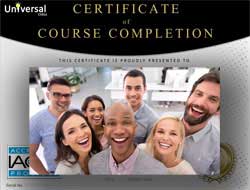
- Document Your Lifelong Learning Achievements
- Earn an Official Certificate Documenting Course Hours and CEUs
- Verify Your Certificate with a Unique Serial Number Online
- View and Share Your Certificate Online or Download/Print as PDF
- Display Your Certificate on Your Resume and Promote Your Achievements Using Social Media
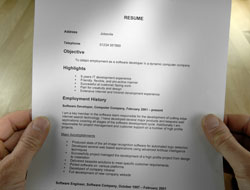
Related Courses
-
 7 hours
0.7 CEUs
Modern Mindfulness: Being Present in an Age of Distraction
+ More Info
7 hours
0.7 CEUs
Modern Mindfulness: Being Present in an Age of Distraction
+ More Info
-
 5 hours
0.5 CEUs
Building Emotional Safety Nets: A Guide for Couples
+ More Info
5 hours
0.5 CEUs
Building Emotional Safety Nets: A Guide for Couples
+ More Info
-
 7 hours
0.7 CEUs
Entrepreneurial Mindset Development
+ More Info
7 hours
0.7 CEUs
Entrepreneurial Mindset Development
+ More Info
-
 4 hours
0.4 CEUs
Supporting Students with ADHD: Engagement and Focus Strategies
+ More Info
4 hours
0.4 CEUs
Supporting Students with ADHD: Engagement and Focus Strategies
+ More Info
-
 5 hours
0.5 CEUs
The Strangeness of Human Consciousness
+ More Info
5 hours
0.5 CEUs
The Strangeness of Human Consciousness
+ More Info
-
 3 hours
0.3 CEUs
Agile and Scrum Fundamentals
+ More Info
3 hours
0.3 CEUs
Agile and Scrum Fundamentals
+ More Info
-
 7 hours
0.7 CEUs
Strategies for Closing the Achievement Gap
+ More Info
7 hours
0.7 CEUs
Strategies for Closing the Achievement Gap
+ More Info
-
 6 hours
0.6 CEUs
Luxe Vision: Designing a Fashionable Future
+ More Info
6 hours
0.6 CEUs
Luxe Vision: Designing a Fashionable Future
+ More Info
-
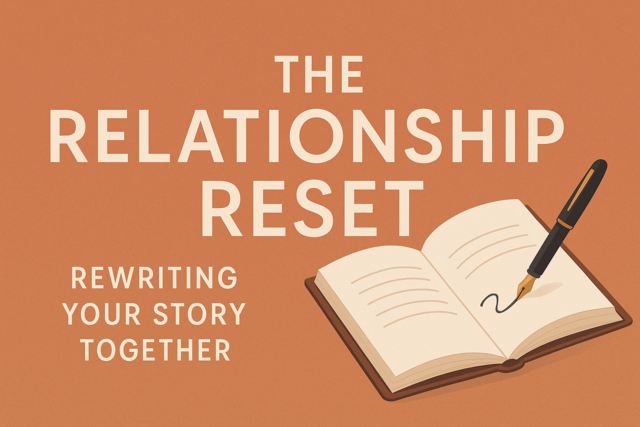 5 hours
0.5 CEUs
The Relationship Reset: Rewriting Your Story Together
+ More Info
5 hours
0.5 CEUs
The Relationship Reset: Rewriting Your Story Together
+ More Info
-
 4 hours
0.4 CEUs
Implementing Project-Based Learning
+ More Info
4 hours
0.4 CEUs
Implementing Project-Based Learning
+ More Info
-
 7 hours
0.7 CEUs
Style Sovereign: The Power of Personal Branding in Luxury Fashion
+ More Info
7 hours
0.7 CEUs
Style Sovereign: The Power of Personal Branding in Luxury Fashion
+ More Info
-
 6 hours
0.6 CEUs
Beyond Glamour: Women's Luxury Fashion Unveiled
+ More Info
6 hours
0.6 CEUs
Beyond Glamour: Women's Luxury Fashion Unveiled
+ More Info
-
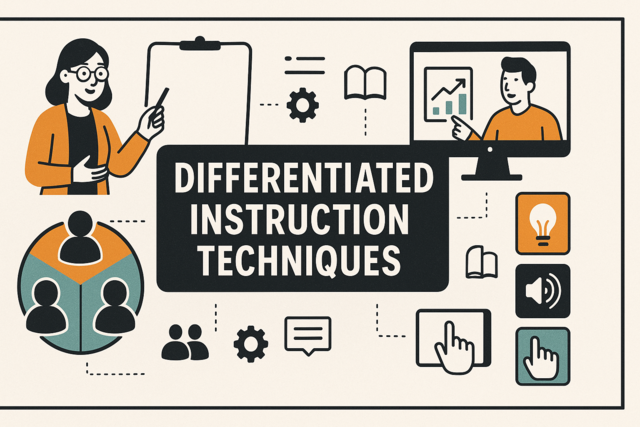 6 hours
0.6 CEUs
Differentiated Instruction Techniques
+ More Info
6 hours
0.6 CEUs
Differentiated Instruction Techniques
+ More Info
-
 4 hours
0.4 CEUs
Gamification in Education
+ More Info
4 hours
0.4 CEUs
Gamification in Education
+ More Info
-
 6 hours
0.6 CEUs
Improving Emotional Intelligence
+ More Info
6 hours
0.6 CEUs
Improving Emotional Intelligence
+ More Info
-
 6 hours
0.6 CEUs
Phenomena of the Mind: Examining Telepathy and Psychic Abilities
+ More Info
6 hours
0.6 CEUs
Phenomena of the Mind: Examining Telepathy and Psychic Abilities
+ More Info
-
 4 hours
0.4 CEUs
Design Dynamics: The Rise of Contemporary Luxury Designers
+ More Info
4 hours
0.4 CEUs
Design Dynamics: The Rise of Contemporary Luxury Designers
+ More Info
-
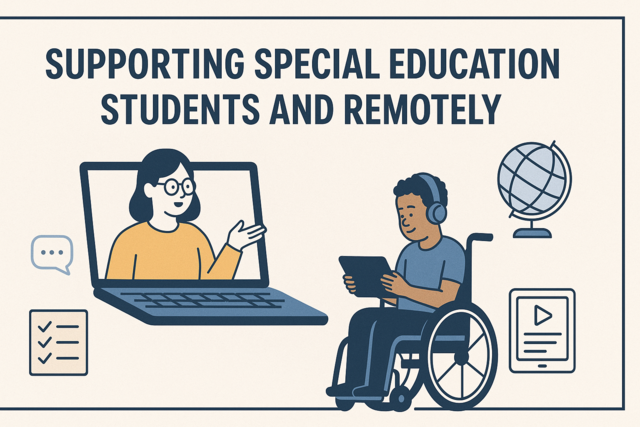 5 hours
0.5 CEUs
Supporting Special Education Students Virtually and Remotely
+ More Info
5 hours
0.5 CEUs
Supporting Special Education Students Virtually and Remotely
+ More Info
-
 6 hours
0.6 CEUs
Project Management for Personal Projects
+ More Info
6 hours
0.6 CEUs
Project Management for Personal Projects
+ More Info
-
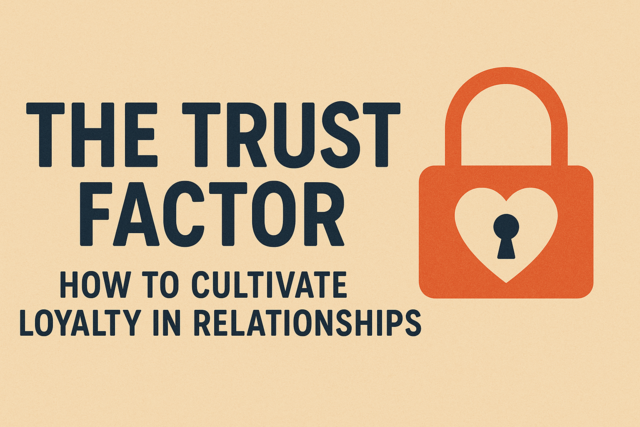 7 hours
0.7 CEUs
The Trust Factor: How to Cultivate Loyalty in Relationships
+ More Info
7 hours
0.7 CEUs
The Trust Factor: How to Cultivate Loyalty in Relationships
+ More Info
-
 3 hours
0.3 CEUs
Exploring Parallel Universes
+ More Info
3 hours
0.3 CEUs
Exploring Parallel Universes
+ More Info
-
 6 hours
0.6 CEUs
The Art of Emotional Intelligence: Building Stronger Connections
+ More Info
6 hours
0.6 CEUs
The Art of Emotional Intelligence: Building Stronger Connections
+ More Info
-
 5 hours
0.5 CEUs
Developing a Growth Mindset
+ More Info
5 hours
0.5 CEUs
Developing a Growth Mindset
+ More Info
-
 4 hours
0.4 CEUs
Implementing Universal Design for Learning (UDL)
+ More Info
4 hours
0.4 CEUs
Implementing Universal Design for Learning (UDL)
+ More Info
-
 3 hours
0.3 CEUs
Collaborative Teaching Approaches
+ More Info
3 hours
0.3 CEUs
Collaborative Teaching Approaches
+ More Info
-
 7 hours
0.7 CEUs
Building Patience and Tolerance
+ More Info
7 hours
0.7 CEUs
Building Patience and Tolerance
+ More Info
-
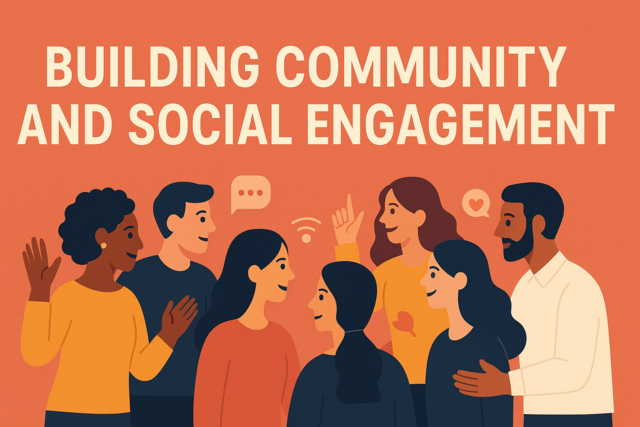 7 hours
0.7 CEUs
Building Community and Social Engagement
+ More Info
7 hours
0.7 CEUs
Building Community and Social Engagement
+ More Info
-
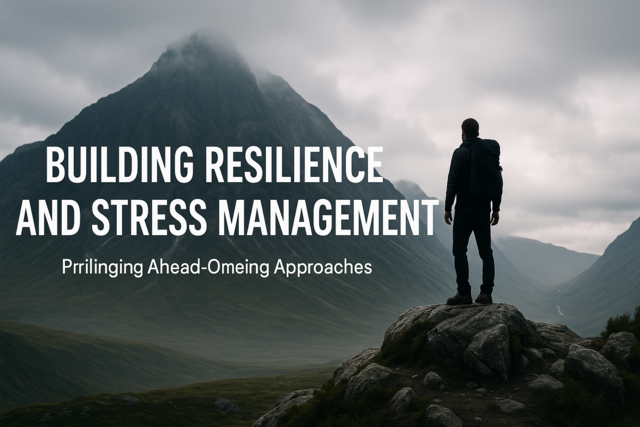 5 hours
0.5 CEUs
Building Resilience and Stress Management
+ More Info
5 hours
0.5 CEUs
Building Resilience and Stress Management
+ More Info
-
 3 hours
0.3 CEUs
Luxury Layering: The Art of Dressing with Opulence
+ More Info
3 hours
0.3 CEUs
Luxury Layering: The Art of Dressing with Opulence
+ More Info
-
 5 hours
0.5 CEUs
STEAM: Integrating the Arts with STEM
+ More Info
5 hours
0.5 CEUs
STEAM: Integrating the Arts with STEM
+ More Info
-
 3 hours
0.3 CEUs
Functional Behavior Assessments: Conducting and Analyzing
+ More Info
3 hours
0.3 CEUs
Functional Behavior Assessments: Conducting and Analyzing
+ More Info
-
 4 hours
0.4 CEUs
Critical Thinking and Problem Solving Techniques
+ More Info
4 hours
0.4 CEUs
Critical Thinking and Problem Solving Techniques
+ More Info
-
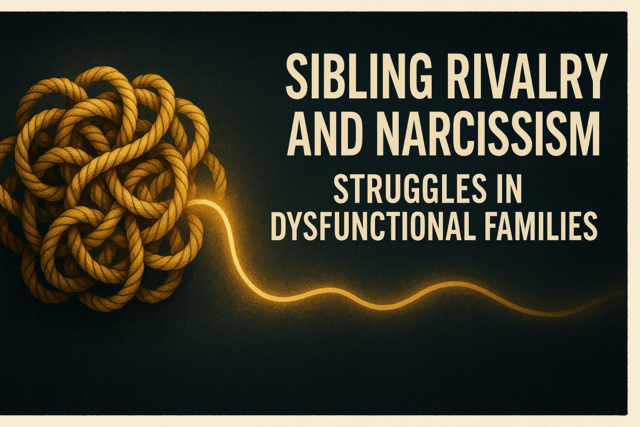 6 hours
0.6 CEUs
Sibling Rivalry and Narcissism: Struggles in Dysfunctional Families
+ More Info
6 hours
0.6 CEUs
Sibling Rivalry and Narcissism: Struggles in Dysfunctional Families
+ More Info
-
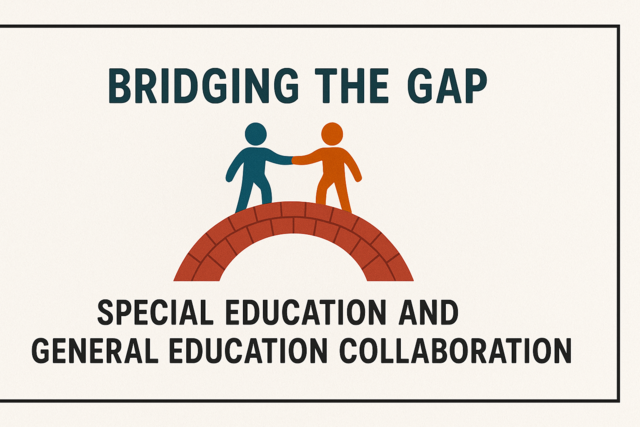 4 hours
0.4 CEUs
Bridging the Gap: Special Education and General Education Collaboration
+ More Info
4 hours
0.4 CEUs
Bridging the Gap: Special Education and General Education Collaboration
+ More Info
-
 5 hours
0.5 CEUs
Teaching Mathematics to Students with Learning Disabilities
+ More Info
5 hours
0.5 CEUs
Teaching Mathematics to Students with Learning Disabilities
+ More Info
-
 3 hours
0.3 CEUs
Writing Across the Curriculum: Best Practices
+ More Info
3 hours
0.3 CEUs
Writing Across the Curriculum: Best Practices
+ More Info
-
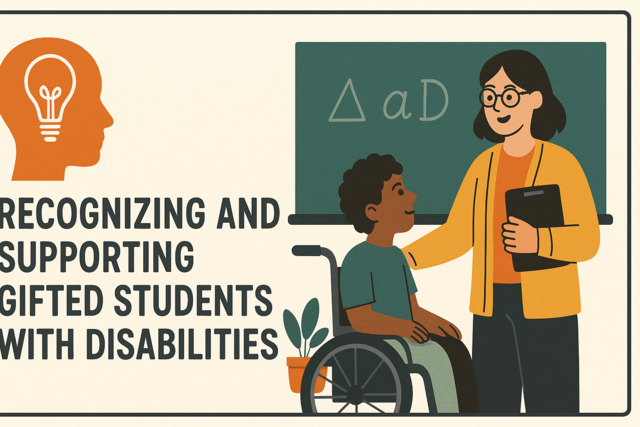 5 hours
0.5 CEUs
Recognizing and Supporting Gifted Students with Disabilities
+ More Info
5 hours
0.5 CEUs
Recognizing and Supporting Gifted Students with Disabilities
+ More Info
-
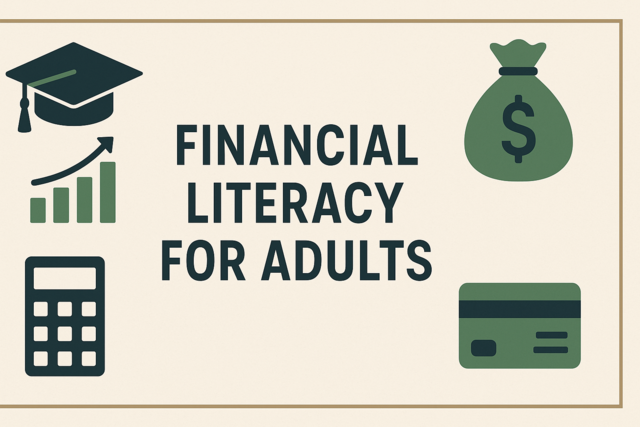 3 hours
0.3 CEUs
Financial Literacy for Adults
+ More Info
3 hours
0.3 CEUs
Financial Literacy for Adults
+ More Info
-
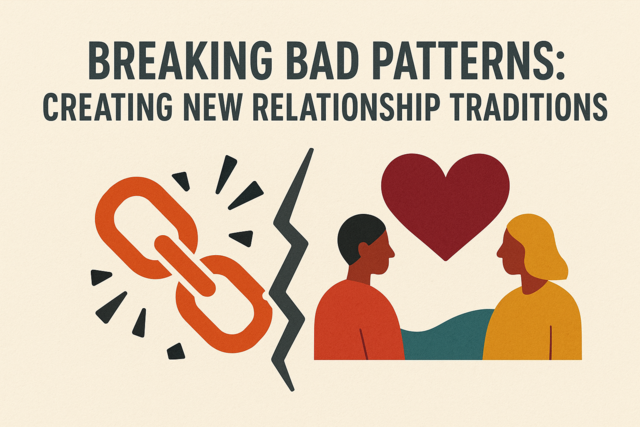 5 hours
0.5 CEUs
Breaking Bad Patterns: Creating New Relationship Traditions
+ More Info
5 hours
0.5 CEUs
Breaking Bad Patterns: Creating New Relationship Traditions
+ More Info
-
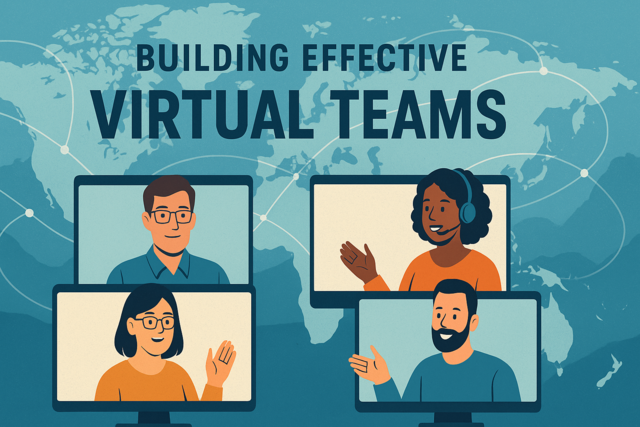 6 hours
0.6 CEUs
Building Effective Virtual Teams
+ More Info
6 hours
0.6 CEUs
Building Effective Virtual Teams
+ More Info




